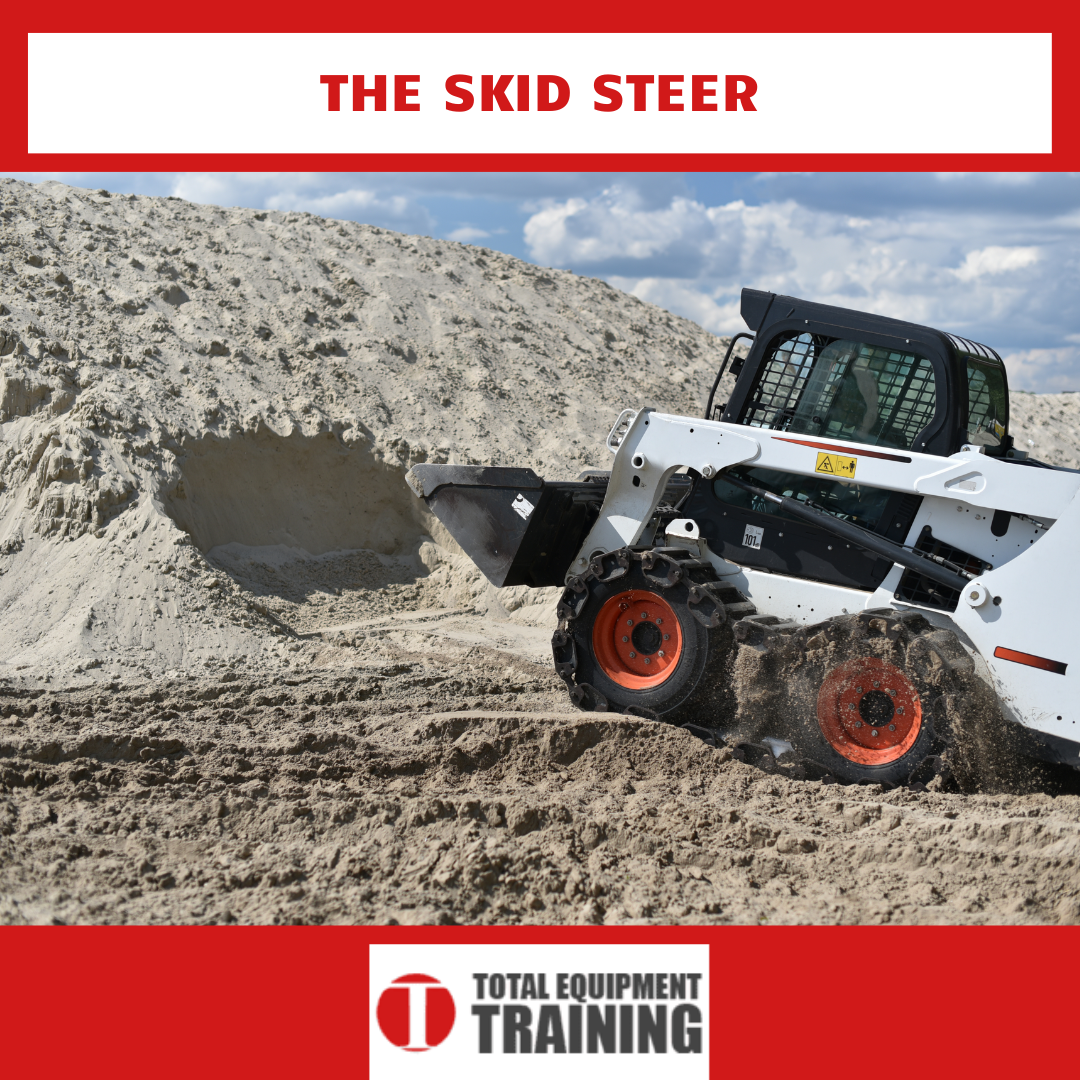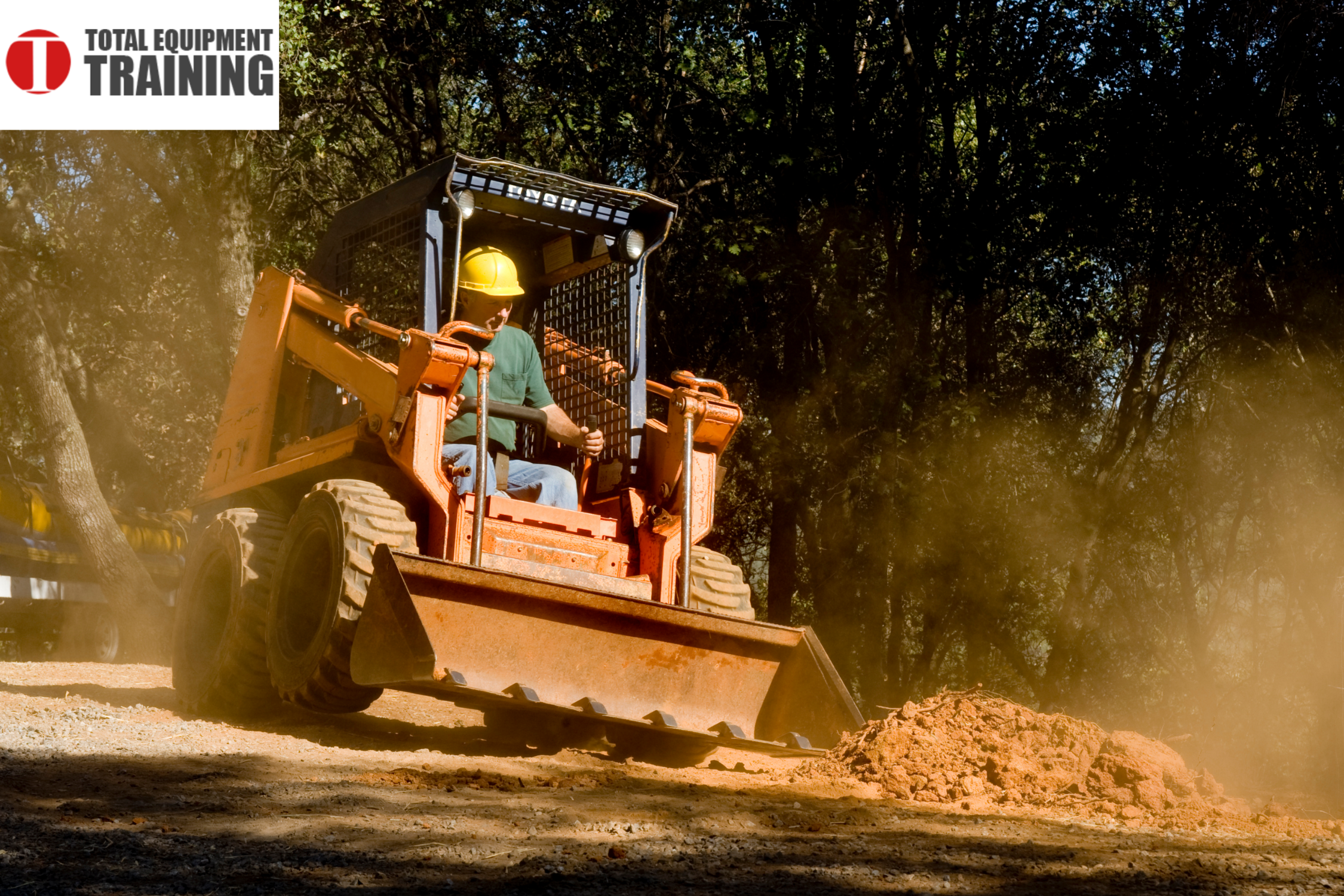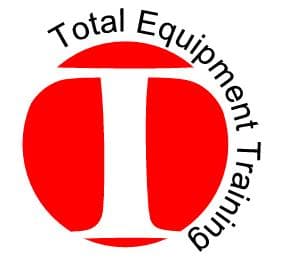
A skid steer, also known as a skid loader, skid-steer loader, or skidsteer is a compact, rigid, industrial vehicle primarily employed in moving loads. Common designs have a bucket attachment on the front, controlled by arms that extend on either side of the vehicle to the rear, where they are affixed to the frame and powered by a powerful engine. This allows for more vertical movement of the bucket or attachment.
Skid steers get their name from the way they move. The rubber wheels (or tracks) that provide mobility rotate in unison at the same speed. The left and right wheel pairs are operated independently, and act as the steering mechanism. Should the skid steer operator want to turn left, they increase the speed of rotation of the wheel pair on the right, resulting in a left turn. This is called differential steering, allowing the vehicle to make extremely sharp (zero-radius) turns.
Skid Steer Operators
Due to this unique nature, sufficient skid steer operator training should be carried out beforehand. Per OSHA, skid steer loader operation can only be done by competent persons.
Occupational Health and Safety Administration does not classify skid steers as powered industrial trucks when be used as earth moving equipment; however it does fall under the scope of OSHA Rough Terrain Forklift Standard, ASME B56.6 when it is a vertical mast skid-steer forklift.
It is recommended that employers follow the more stringent training guidelines of OSHA 1926.602 (d). To learn more about OSHA-certified skid steer operator training, contact Total Equipment Training.
Skid Steer Uses
The skid steer is a very versatile vehicle, and thanks to the different attachments to its arms, can be used for:
- Roadwork – Skid steers can use dozer blade attachments to clear and move material between points, but with concrete mixer, concrete crusher and roller attachments, their roadwork utility diversifies.
- Demolition – On top of rock breaker attachments, hammer, concrete claw and rock bucket attachments help ease the task of creation and movement of debris.
- Loading – In warehouses, fork attachments can be used on the skid steer to help move loads. They can also attach to vertically extending platforms to move personnel and goods as well.
- Agricultural Work – The skid steer shines in the agricultural sector thanks to the various relevant attachments: brush hogs/cutters clear unwanted shrubbery with ease, auger attachments can make holes for fences or trees, with bale squeeze and bale spear attachments great for managing hay bales.
- Landscaping – Trencher, stump grinders and tree/post puller attachments showcase skid steers’ capacity in landscaping. Small skid steers also do minimal damage to any modified terrain thanks to their light weight.
- Clearing Snow – Snow blower, snow pusher, snow blade, and V-snow blade attachments are specifically purposed to remove obstructive snow from roads and areas.
- Digging And Trenching – With attachments like trenchers, rock breakers and rippers, skid loaders can easily make troughs and holes of various depths.
- Construction – Concrete mixer, hammer, and roller attachments can actively aid the construction process, while bucket and blade attachments can transport material as needed.
If you are interested in online skid steer training, please call Total Equipment Training at (610) 321-2679.

Skid Steer Classifications
Skid steers can be universally categorized according to their size, which has a direct relation to their power output. These categories are:
- Small Frame – 1,750 lbs (approx. 794 Kg) with under 50 hp (horsepower). These are best used for work in small spaces. Landscaping is also a good option as small frame skid steers are also lighter, and do less terrain damage.
- Medium Frame – 1,750 to 2,200 lbs (approx. 998 Kg) and 50 to 70 hp. These provide a good balance between size, power and weight, and are the most popularly used category.
- Large Frame – over 2,200 lbs and over 70 hp. These are great for large projects, such as heavy duty excavation and demolition projects.
How to Choose the Right Skid Steer Loader
With the applications, attachment types, and categories known, the choice of options may pose a challenge in selecting the type of skid steer to use. Here are some helpful questions that may narrow down the options available:
- How large is the available work space?
- What is the nature of the terrain to be worked on?
- What type of work will the skid steer be doing?
- What type and size of attachments will you need?
- Will the load need to be lifted frequently? To what height?
Let Total Equipment Training come to your worksite to assist with proper skidsteer training. We will train your or your team to become OSHA-certified skid steer operators.
Skid Steer Operator Training From Total Equipment Training
Total Equipment Training is a nationally recognized, OSHA-compliant organization that provides quality training and inspection services with an emphasis on safety. Thanks to a vast network of industry professionals and experienced trainers, our skid steer operator training program will equip any and all trainees with the essential skills and experience to shine in their fields – saving time and money as TET’s instructors come to you!
Reach out today to begin the journey to becoming top-notch skid steer operators.

